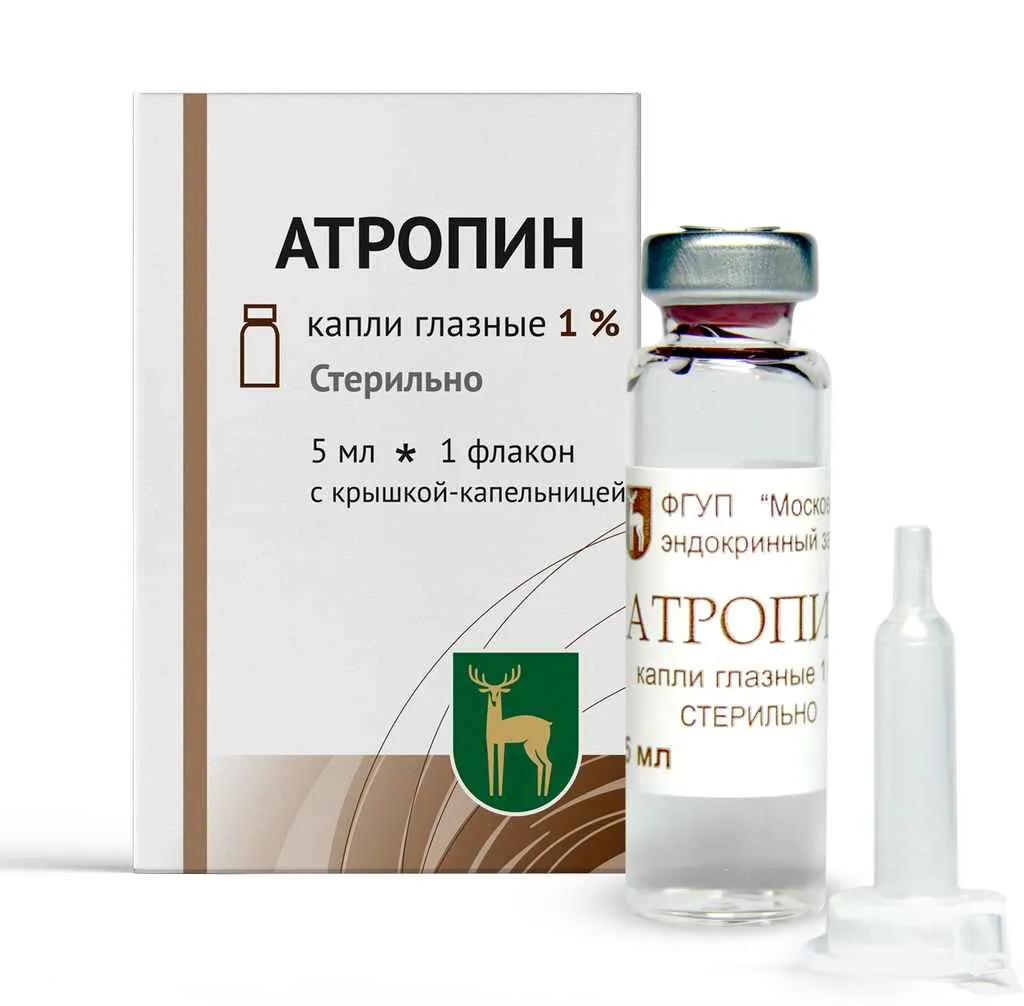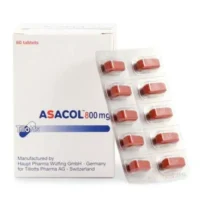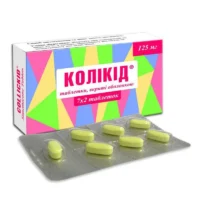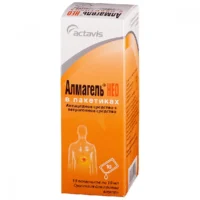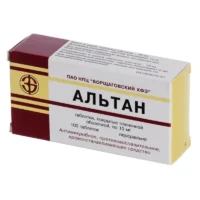Description
Atropina (Atropine) Sulfate Eye Drops 1% 5 ml Vial
Ingredients
Active ingredient: Atropine sulfate
Inactive ingredients: Benzalkonium chloride, sodium chloride, sodium hydroxide, and water for injection.
Mechanism of Action
Atropine works by blocking the neurotransmitter acetylcholine in the eye, leading to pupil dilation and relaxation of the ciliary muscle. This action helps in controlling myopia progression by reducing eye growth.
Pharmacological Properties
Atropine sulfate exerts its pharmacological effects through the inhibition of acetylcholine receptors in the eye, resulting in pupil dilation and paralysis of the ciliary muscle.
Indications for Use
Indicated for: Myopia control in children and adults.
Contraindications
Do not use Atropina (Atropine) Sulfate Eye Drops if:
- You are allergic to atropine or any other ingredients in the product.
- You have narrow-angle glaucoma.
- You have certain types of eye conditions.
Side Effects
Common side effects of Atropina (Atropine) Sulfate Eye Drops may include blurred vision, stinging or burning sensation in the eyes, increased sensitivity to light, and eye irritation.
Usage Instructions
Dosage: As directed by a healthcare professional. Typically, 1 to 2 drops instilled into the affected eye(s) every 4 to 6 hours.
Directions for use: Wash hands before use. Tilt the head back, pull the lower eyelid down, and instill the prescribed number of drops. Close the eye for 1 to 2 minutes without blinking.
Benefits Compared to Analogues
Atropina (Atropine) Sulfate Eye Drops have shown superior efficacy in controlling myopia progression compared to other conventional treatments, making it a preferred choice for myopia management.
Suitable Patient Groups
This medication is suitable for both children and adults requiring myopia control therapy. Special care should be taken when administering to elderly patients to monitor for any adverse effects.
Storage and Shelf Life
Store the eye drops at room temperature away from moisture and heat. Keep the vial tightly closed when not in use to prevent contamination. Check the expiration date on the packaging and do not use the product beyond the stated shelf life.
Packaging Description
The Atropina (Atropine) Sulfate Eye Drops are supplied in a 5 ml vial for easy administration and storage. The packaging is designed to maintain the integrity of the product and ensure proper dosing.
Clinical Evidence and Proven Effectiveness
Several studies have demonstrated the efficacy of atropine eye drops in slowing down myopia progression in children and adults. A study by Chia et al. (2012) showed a significant reduction in myopia progression with atropine treatment compared to a control group.

